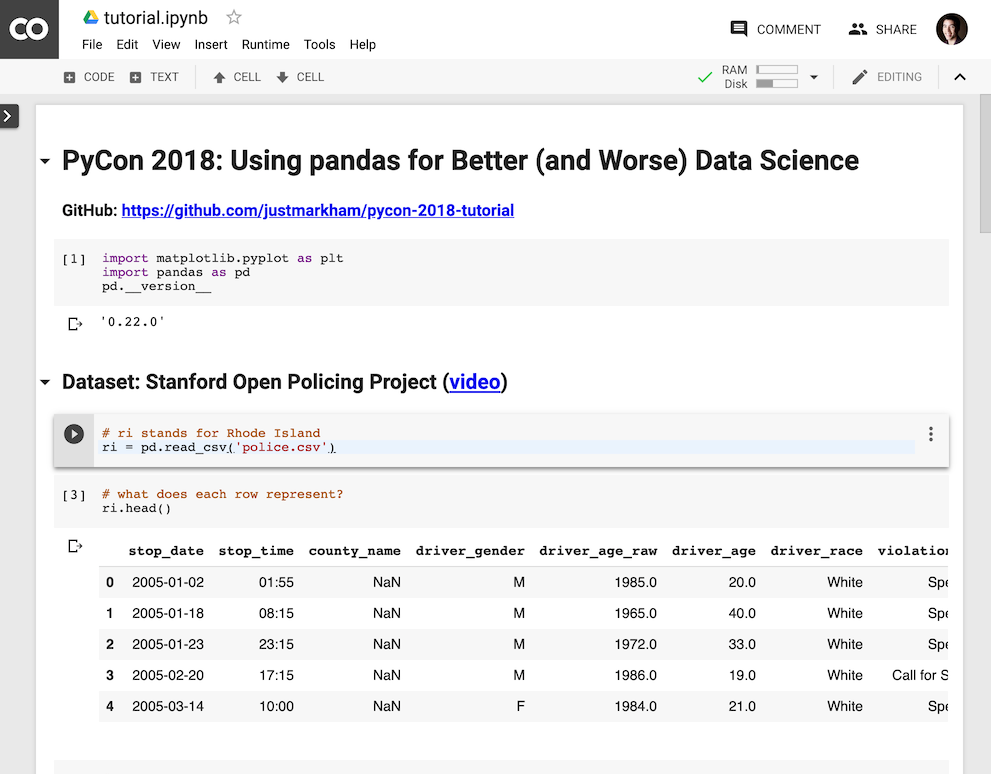
If you haven’t already installed it, I recommend checking our guide on installing Python on the Windows operating system.ġ. python -version WindowsĬhecking the version of Python on Windows is very straightforward, as shown in the steps below. These are case-sensitive, so make sure you have the case correct otherwise, you will see an error.īelow is an example of using the command. You can check the version of Python in the terminal by appending -V or -version after python in the terminal. If you do not have Python setup correctly, this method may not work, but you can check the version inside a script instead. The easiest way to check the version of Python is to use the Python command in your machine’s terminal. If you are on a Python version before Python 3.7, it is highly recommended that you update to the latest version, as older versions of Python might not get patched.

Final is the version you are most likely to use. Each update will also have a “release level” such as alpha, beta, candidate, and final. 3 represents a major update, 10 is a minor update, and 1 is a micro update.

The version number in Python is split into three numbers, 3.10.1. For example, going from Python 2 to Python 3. The most significant changes usually occur between major updates. It is important to know the Python version running on your machine as each version has changes that may impact whether the code will behave how you expect it. Python is a commonly used programming language that has received many updates over its lifetime, so you will likely need to check the version a system is running.

In this tutorial, we will show you how you can check the version of Python running on your computer.


 0 kommentar(er)
0 kommentar(er)
